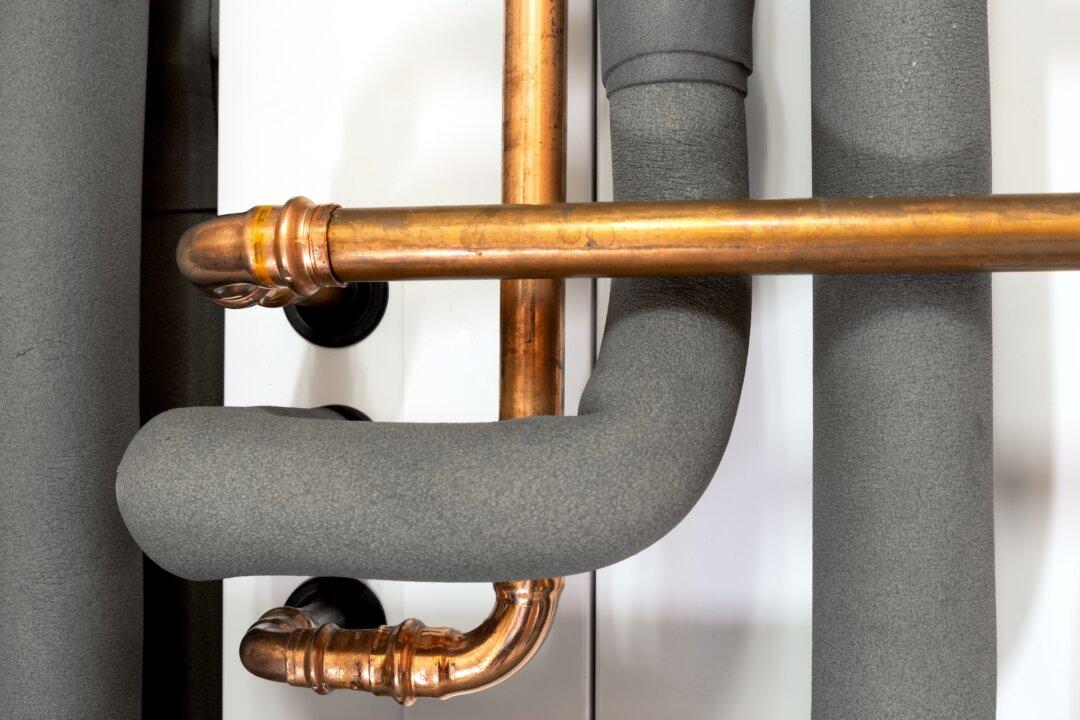Goodbye, rainy spring; the long, sunny days of summer are here and it’s time to move things outdoors. But what if your backyard furniture isn’t ready? Don’t throw away that weathered wood bench or distressed patio set—revive it!
Sometimes the simplest solution is best, and all you need to do is spring clean your summer furniture.
For wood, use a soft nylon bristle brush to remove light grit. Wash off dirt and grime with mild soap in lukewarm water, using a cloth or sponge to clean the surface. Wipe off excess water, then let it air dry. Metal furniture, whether it’s aluminum, wrought iron, or steel, will respond well to the same treatment.
For resin furniture, give it a soapy washdown and rinse, then sprinkle baking soda on a damp sponge to rub away the chalky finish. Repeat if needed, then rinse and let air dry. A coat of automotive paste wax will restore the shine.
The Woodwork
Wood falls into three categories: painted, stained, and oiled.Nothing looks worse than a beautiful Adirondack chair with years of paint peeling off it. But don’t despair or toss it out; if your furniture is structurally sound, this is actually one of the easiest fixes. If the paint is also sound, but still grungy-looking after cleaning, allow it to thoroughly dry, then paint it with a one-coat outdoor paint with primer.
This is also an opportunity to change its color. If the paint is damaged, apply paint stripper as directed, then scrape off the loosened paint with a putty knife or scraper. You’ll need to wear protective gear, and to protect the surface underneath the furniture as well. Citristrip is a gentler alternative to traditional harsh strippers, works equally well in most cases, and has a pleasant citrus scent. You can sand afterward, but that’s usually optional. If you have a random orbital sander, the job will go quicker, but you’ll still need to hand sand corners, cracks, and crevices. Then repaint, let dry, and enjoy.

Mother Nature takes a toll on exterior stains and oiled finishes, which require touch-ups almost every year. First, sand the furniture down to reveal clean wood. Once again, a random orbital sander will make the job quicker, with hand sanding needed for tight spaces. Wipe down the surface with a tack cloth dipped in mineral spirits to remove dust and grit. A tack cloth is a specially treated cloth designed to trap and lock in dust.
If you opt for a stain finish, keep in mind that while interior stains traditionally require a clear finish coat, many of the newest outdoor stains are designed to be used alone, simplifying things considerably. Be sure to check the can. Apply it heavily using a cotton rag or chip brush, and wipe with a tack cloth. You want to apply it heavily to get an even finish. Let dry for 24 hours.
Oiling wood is the easiest method, but it doesn’t give it much color, and won’t hide gray or discolored wood. Using a paintbrush, chipping brush, or rag, apply the exterior wood oil, or teak oil, using strokes parallel to the wood grain. Be aware of areas absorbing more oil and apply more as needed. Let it seep into the wood for 20 to 30 minutes. If the oil has raised the grain, sand it smooth before you apply a second coat. Some people like to apply a third coat 8 to 10 hours after the first two coats; sand with 220-grit sandpaper and remove the resulting dust with a tack cloth before applying.






